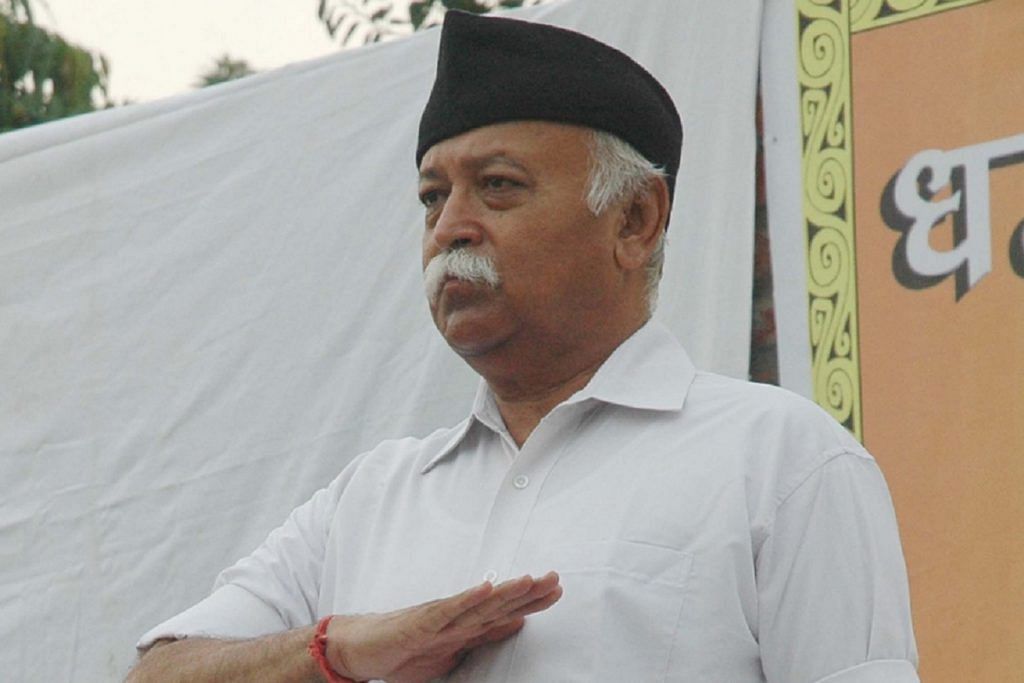So far, RSS had to rent venues for its events in Delhi-NCR. Now, its state-of-the-art campus can even host the BJP meetings and seminars.
The Rashtriya Swayamsevak Sangh has finally zeroed in on a piece of land that will become the base of its activities in north India.
It wanted a gurukul-like village hamlet setting, where it would build state-of-the-art facilities to conduct various events around the year, and has found a 21-acre site near Samalkha village in Panipat, Haryana, that suits it just fine.
The buildings on the site will be single-storey structures, and according to RSS sources, will feature a mix of modern urban and traditional rural aesthetics.
According to the sources, the new centre won’t just be for RSS events – even the Bharatiya Janata Party can use it to hold meetings and seminars.
#RSS is set to get a state-of-the-art base near Delhi, its first outside of Nagpur, reports @pragyakaushika https://t.co/5WVFB1WIRF pic.twitter.com/Uc5PiGki3R
— ThePrint (@ThePrintIndia) September 19, 2017
A place to call its own
For long, the RSS felt the need to have a place of its own in northern India where its representatives could meet and events like Shiksha Vargs could be held. Any time it wanted to conduct a big event in the Delhi-NCR region, the RSS had to rent a venue.
The idea for a large campus came from the Rambhau Mhalgi Prabodhini on the outskirts of Mumbai, which is used to conduct residential political training camps.
Earlier, the Sangh had settled on a 12-acre Sadhana Kendra site in Jhinjoli, just outside Delhi, which comes under its social work affiliate Seva Bharati. Even designs had been finalised. However, many functionaries thought that the approach to the Sadhana Kendra, which is a narrow village path far from the main highway, was unsuitable. This is why they decided to move away from Jhinjoli and look for other sites, and the Samalkha site, beside the highway, was found suitable.
When the Jhinjoli centre was being considered, it was supposed to be equipped with facilities like helipads, an advanced medical centre, state-of-the-art auditoriums, and accommodation in the form of individual flats. The whole campus was to be powered by roof-mounted solar panels.
The new site is also expected to have all these facilities. And given the size of the campus, there won’t be any shortage of parking space either.
